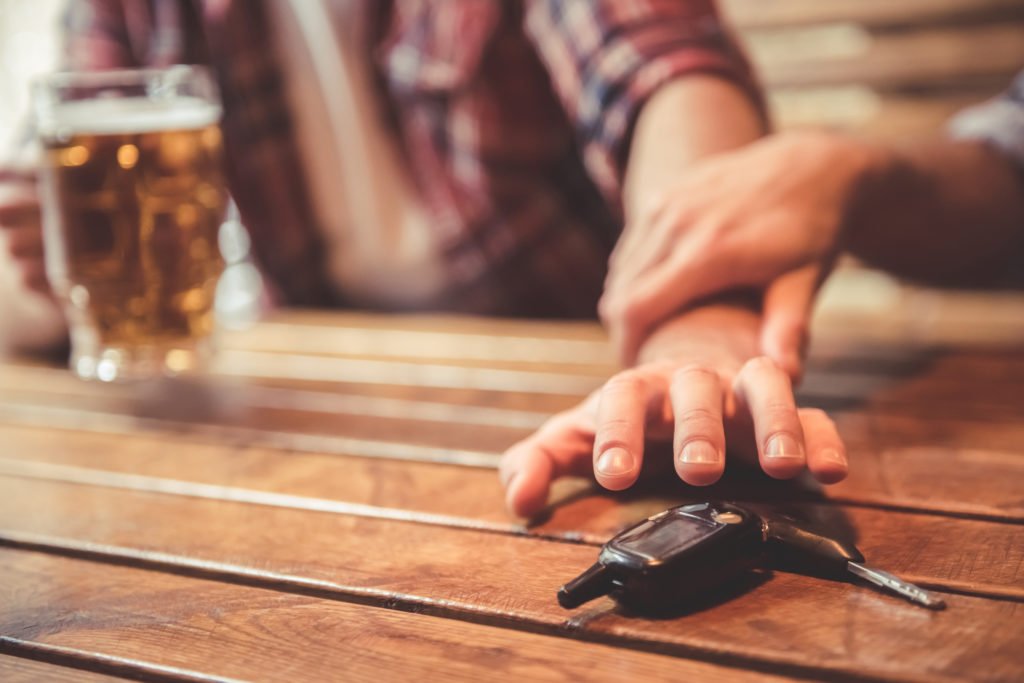We often hear about how technology makes driving more dangerous today. Simply put: Technology tempts people to multi-task when they drive. Instead of focusing on the road, many drivers glance down at their phones to make a call, send a text or sift through their social media networks.
However, technology can also make driving safer. Today, many new and used cars on South Carolina roads feature automatic braking systems and other crash-avoidance features. In response to consumer demand for safe cars, manufacturers focus on expanding and improving safety systems.
Let’s look at five examples of current technology that can help to prevent car accidents in South Carolina:
Automatic Braking Systems
Some people refer to this safety feature as an automatic emergency braking (AEB) system. The system has a sensor that detects crash situations, alerts the driver and automatically brakes if the driver is too slow to react. The Insurance Institute for Highway Safety reports that 10 U.S. automakers have vowed to install AEB systems as a standard feature in all new cars by 2022.
Backup Cameras
This system features a rear-mounted camera and a dashboard monitor. It gives drivers an up-close view of the car’s rear area, including blind spots. Several years ago, the National Highway Traffic Safety Administration (NHTSA) issued a report which indicated that backup cameras reduce the risk of “backover” collisions by as much as 46 percent. However, drivers should still use their mirrors and look over their shoulder when they back out of driveways or parking spots.
Blind Spot Monitoring
As AutoTrader.com describes, blind spot monitors typically monitor traffic on both sides of the car, including spots that a driver may otherwise be unable see. If a car enters a blind spot, the system alerts the driver. You once found this feature only on large tractor-trailer combinations. Today, however, you can now order aftermarket blind spot monitoring systems for your passenger car.
Emergency Communications
GM first introduced OnStar in 1996. Since that time, many other competitors have entered the market. These in-car communications systems allow drivers to talk with operators, get roadside assistance and access many other types of emergency services.
Smartphone Apps
Driver safety technology doesn’t have to be attached to your car. Sometimes, you can do a lot with an app. With many apps, the benefit lies in what they prevent you from doing – like texting while driving.
For example, Hum and Zubie provide essentially the same emergency assistance as OnStar. Other apps lock out drivers from using cell phones (and are especially popular among the parents of teen drivers). You can even find apps that monitor vehicle diagnostics and check engine lights and track movements, mileage and speed.
As you can see, you can select from plenty of auto safety technology options. Still, technology cannot prevent all wrecks from happening. Sometimes, negligent drivers will cause devastating damage regardless of how safe people drive or how much protection their car provides.
Since 1968, Joye Law Firm has represented people in The Lowcountry and throughout South Carolina who were seriously injured in car accidents. If a negligent driver harmed you or your loved one, contact us today. We can discuss your case in a free consultation.






































